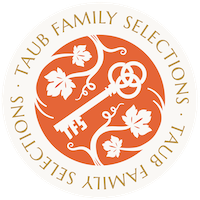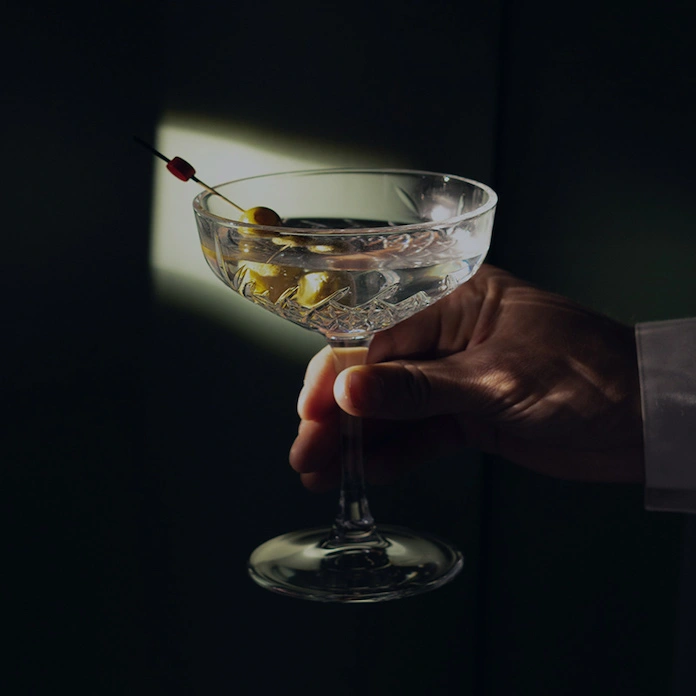The Lunelli family, third generation winemakers at Ferrari Trento DOC have pursued their passion for wine with the creation of Tenute Lunelli, comprised of three wine estates located in three different regions of Italy: Tenuta Castelbuono in Umbria, Tenuta Podernovo in Tuscany, and Villa Margon in Trentino. All three estates have a shared vision of: respect for the diversity, identity, and origin of each territory; complete sustainable and organic environmental protocols and patience as a virtue. Seduced by the allure of the ancient and mystic region of Umbria, the Lunelli Family chose the rolling hills of Perugia as the ideal territory to create the magnificent wines of the Castelbuono. The winery is a realization of sculptor Arnaldo Pomodoro and the technical expertise of architect Giorgio Pedrotti. The huge dome covered with copper, marked with a pattern of grooves and cracks, is inspired by a carapace, a tortoise shell. Tenuta Castelbuono has been certified organic since 2014. The wineries Carapace symbol located on the front label, or “shell,” represents the architectural magnum of the winery designer, legendary Italian sculptor Arnaldo Pomodoro.
- About Us
- Producers
-
Wines
add
Countries
-
Spirits
add
CountriesAwards
- Where to Buy
- PBI Journal
- Contact Us













